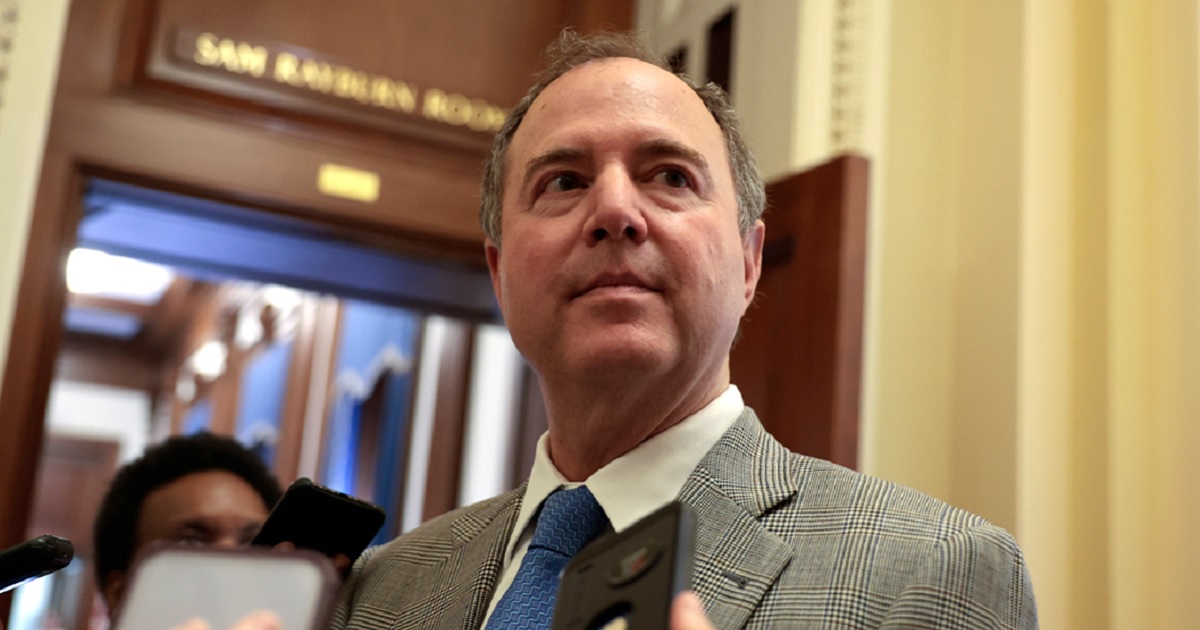Inflation dropped to 5% in February, according to key gauge watched by Fed
Inflation rate dipped to 5% annually in February, based on the preferred gauge of the Federal Reserve. The report by the Bureau of Economic Analysis indicates that inflationary pressure is easing due to the Fed’s efforts to control overall spending by increasing interest rates.
The current inflation rate still exceeds the central bank’s target and is having a negative impact on household buying power. Core PCE inflation, which is relatively stable and does not consider food and energy prices, stands at a 4.6% year-over-year rate. The Fed’s target for inflation, however, is just 2%.
According to Rubeela Farooqi, the chief U.S. economist at High Frequency Economics, “On inflation, the Fed’s preferred inflation measures are off recent peaks but remain well above target, showing slow progress in response to tighter monetary policy. Elevated price pressures, coupled with strong job growth that is restoring incomes and is supporting demand, should keep the Fed on track to hike rates further over coming meetings.”
Recently, the highly-watched consumer price index, which measures the average change in prices for goods and services, showed that annual inflation has decreased to 6% from 6.4% the previous month. This marks seven consecutive months of lowered annual inflation after the rate peaked at alarmingly high 9.1% in June. Furthermore, the current reading indicates that prices grew by 0.4 percentage points between January and February, which slightly slowed down compared to December to January.
The new inflation rate follows the banking crisis caused by the collapse of Silicon Valley Bank. The resulting economic fallout has created concerns of financial contagion and has significantly altered the forecast for interest rates in the near future. Despite this, the Federal Reserve has once again raised interest rates by a quarter of a percentage point in an attempt to curb inflation. This move comes despite some economists predicting that the central bank may delay its efforts to ease monetary policy due to worries of a banking crisis.
Although the Fed still plans to continue raising rates to keep inflation in check, there is a 58% possibility that they will not increase rates at their next meeting scheduled in early May, according to CME Group’s FedWatch tool. Also, investors are united in anticipating that the Fed’s target range for the federal funds rate will be lower by the end of the year compared to the present level. This is in contrast to their former expectations of higher rates before the SVB collapse.
" Conservative News Daily does not always share or support the views and opinions expressed here; they are just those of the writer."





